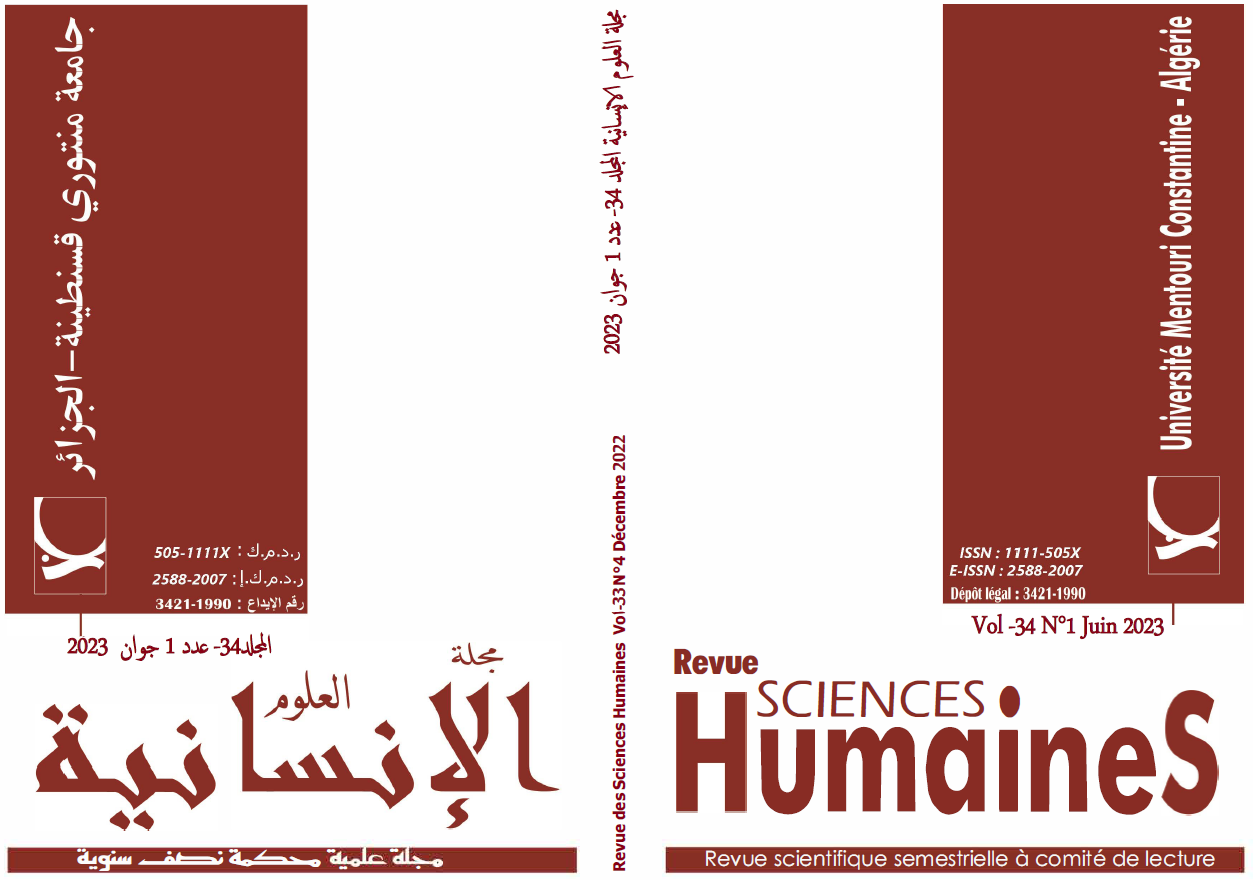Psychological implications of drawing a home for children who survived a terrorist massacre
Clinical study as part of the Psychological Counseling
Keywords:
Post-traumatic stress disorder, Manic-depressive position, Psychic envelopeAbstract
The psychological meanings of the drawing of the house of five children who survived the terrorist massacres refer to the effects of psychic trauma more than a year after the date of the terrorist massacre in the suburbs of the capital. The terrorist invasion of homes has generated a break-in of the children's family, bodily and psychic envelopes, and a state of post-traumatic stress, which mobilizes either manic-depressive defenses, a strong emotional ambivalence or identification with the aggressor. It follows from this clinical analysis, the importance of the psychological function of the house, it is about a material and symbolic framework which supports the feeling of security of the self, and that any incident compromising this function risks to involve an imbalance in the psychic space of the child.
Downloads
References
American Psychiatric Association (1994), DSM-IV (Diagnostic and Statistical Manual of Mental Disorder), Washington: American Psychiatric Press.
Anzieu, Didier (2003), Les Enveloppes Psychiques, Paris : Dunod.
Baily, Lionel (2003), "Les syndromes psycho-traumatiques chez l’enfant", In Lachal C., Ouss-Ryngaert L., & Moro MR. Comprendre et soigner le trauma en situation humanitaire, Paris : Dunod, pp. 193-202.
Barbey-Causse, Loïse (1996)," Perspectives métapsychologiques sur le dessin transférentiel chez l’enfant", In Anzieu A., Barbey-Causse L., Bernard Nez J. & Daymas Lugassy S., Le Travail du dessin en psychothérapie de L’enfant, Paris: Dunod, pp. 161-223.
Freud, Sigmund (1895) , "Esquisse pour une psychologie scientifique", In Naissance de la Psychanalyse, Paris: PUF, 1986.
Freud, Sigmund (1920), "Au-delà Du Principe de Plaisir", In Essais de Psychanalyse, Paris : Payot, 1983.
Klein, Mélanie (1937), La Psychanalyse des Enfants, Paris : PUF, 2004.
Le Run , Jean-Louis (2006)," L'enfant et l'espace de la maison", Enfances & Psy, 33(4), pp.27-36.
Picard, Delphine & Baldy, René (2012), Le dessin de l'enfant et son usage dans la pratique psychologique, Visité le 03 Mars 2020, https://www.researchgate.net/publication/269558269
Terr , Lenore. C. (1991), "Childhood traumas: An outline and overview", American Journal of Psychiatry, 148, pp.10-20..
Winnicott, Donald-Wood (1979), La consultation thérapeutique et L’Enfant (translated from English by Cl.Monod), Paris: Gallimard.
Downloads
Published
How to Cite
Issue
Section
License
Copyright (c) 2023 Human Sciences Journal

This work is licensed under a Creative Commons Attribution-NonCommercial 4.0 International License.

















